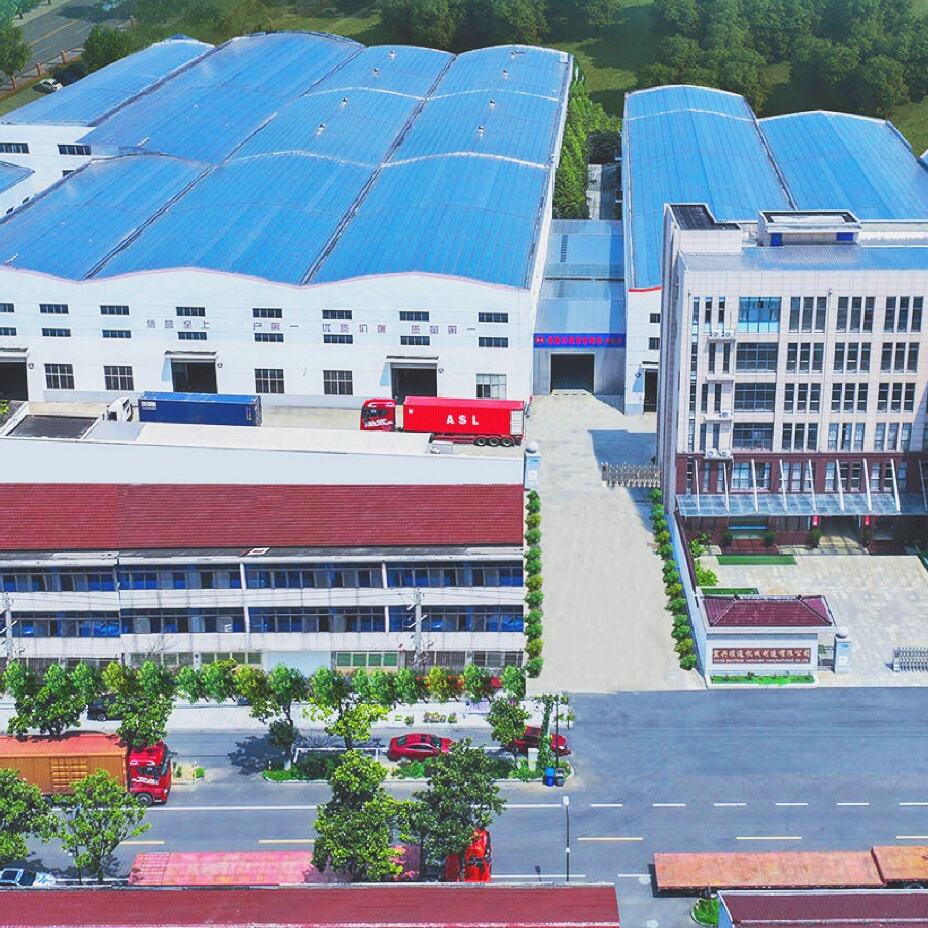Application Areas of Plastic Net Extrusion Machinery: Meeting Diverse Industry Needs
The agricultural sector is a core application area for plastic net extrusion machinery. Farmers rely on plastic nets for multiple critical tasks: crop protection nets (to shield vegetables, grains, and fruits from birds, insects, and hailstorms), fruit bagging nets (for apples, pears, and citrus to prevent sunscald and pest damage), and nursery support nets (to guide the growth of climbing plants like tomatoes and grapes). This machinery excels at customizing key net parameters—adjusting mesh size (from 2mm to 20mm) for different crops, producing UV-resistant nets that withstand long-term outdoor exposure, and enabling large-batch production to meet peak farming seasons (e.g., planting and harvesting periods). For agricultural businesses, this ensures consistent net quality that reduces crop losses and boosts yield.
Packaging and logistics industries heavily depend on plastic net extrusion machinery to enhance product protection and presentation. Plastic nets are widely used to package round or irregularly shaped items: fresh produce (oranges, avocados, potatoes) to allow ventilation and prevent rot, glass bottles or ceramicware to cushion against impact during transport, and even toys or small appliances for retail display. The machinery can tailor net strength (from lightweight for fruits to heavy-duty for fragile goods) and mesh density, while also supporting the use of recyclable plastics to align with eco-friendly packaging trends. By producing nets that fit specific product sizes, it helps logistics companies reduce damage rates and brands maintain product freshness—critical for customer satisfaction.
Plastic net extrusion machinery also serves specialized industrial sectors, including aquaculture and construction. In aquaculture, it manufactures durable, corrosion-resistant plastic nets for fish cages, shrimp culture enclosures, and fry rearing nets—using materials that withstand saltwater erosion and avoid harming aquatic life. In construction, it produces high-tensile safety nets (for scaffolding, high-rise work areas) and debris nets (to prevent falling materials), which meet strict safety standards (e.g., load-bearing capacity and tear resistance). For these sectors, the machinery’s ability to produce thick, wear-resistant nets ensures operational safety (in construction) and stable aquaculture yields (in fisheries), making it an indispensable tool for niche industrial needs.

